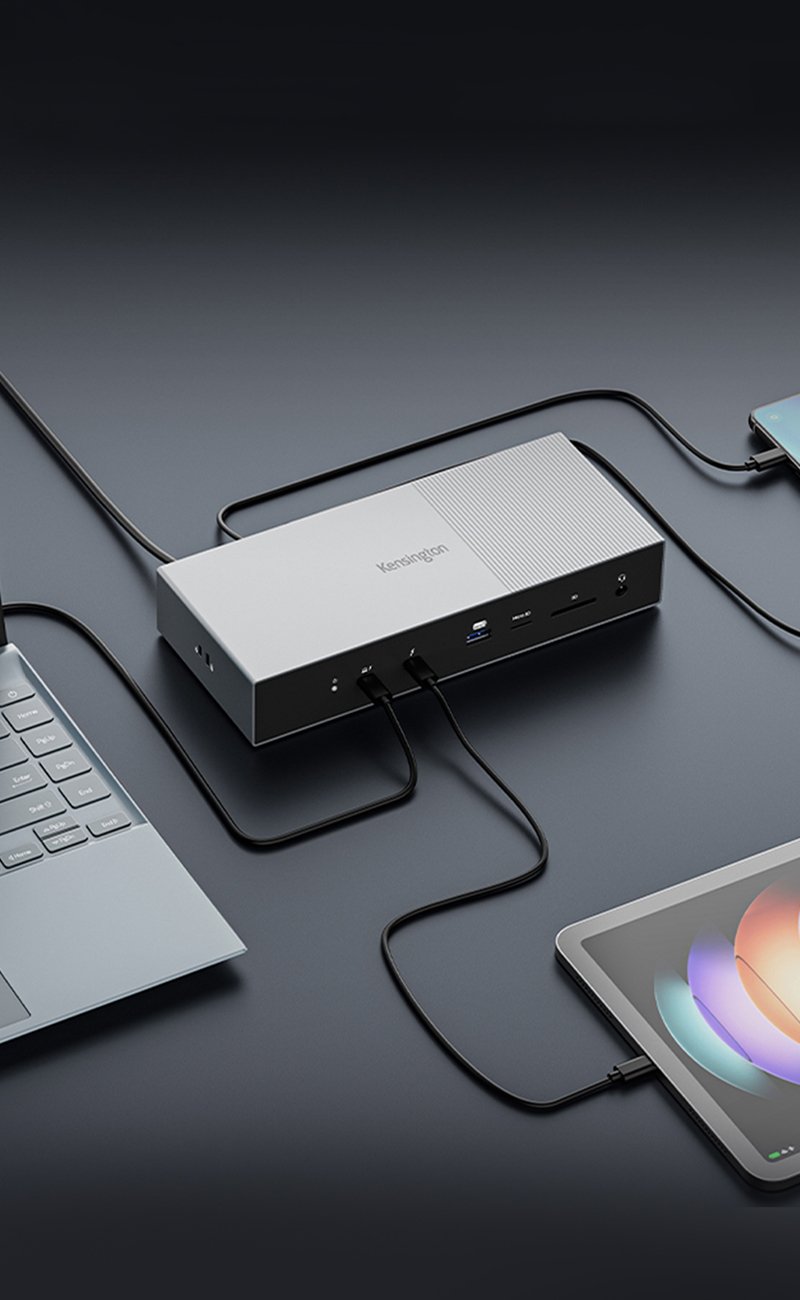With the rise of digital technologies, security has become a paramount concern for businesses and individuals alike. In response, security experts have developed various methods of authentication, including biometrics and security keys. This article provides an understanding of biometrics and security keys, their benefits, limitations, and use cases.
Understanding Security Keys
Biometrics Explained
Biometrics is a method of authentication that uses physical or behavioral characteristics unique to an individual to verify their identity. This method of authentication is gaining popularity due to its high accuracy and convenience, making it easier for users to access their devices or authenticate transactions without the need for complex passwords. Biometric technology has evolved rapidly, with examples such as facial recognition, iris scans, fingerprints, voice recognition, and even gait analysis, which makes it easier to identify individuals with high levels of accuracy.
How Biometrics Enhance Security
Biometric authentication enhances security by using unique physical or behavioral characteristics to verify an individual's identity. Biometric data is difficult to replicate or steal, making it an effective security measure against identity theft and other forms of fraud.
Traditional authentication methods such as passwords are often weak and easily compromised. Biometric authentication eliminates the need for users to remember complex passwords, making it more convenient and reducing the risk of password-related security breaches. Additionally, biometric data is unique to each individual and cannot be easily guessed or shared, further enhancing security.
Biometric authentication is also more difficult to bypass than traditional authentication methods, such as brute-force attacks or phishing attempts. Biometric authentication often requires physical access to the device or system being protected, making it more difficult for unauthorized individuals to gain access.

Definition and Purpose of Security Keys
A security key is a physical device that is used as a second factor of authentication to enhance security. It generates a unique code for each login attempt, which is required in addition to the user's password or biometric data. Security keys are commonly used in two-factor authentication (2FA) or multi-factor authentication (MFA) protocols, which require users to provide at least two forms of authentication to access a system or device.
The purpose of security keys is to prevent unauthorized access to sensitive information or systems by adding an extra layer of security. Security keys are designed to be difficult to bypass or compromise, making them an effective security measure against phishing attacks, brute-force attacks, and other forms of cyber threats.
Security keys come in different forms, such as USB keys, NFC-enabled keys, or Bluetooth-enabled keys, and can be used in a variety of applications, such as online banking, email accounts, social media, and cloud services. They are often used in combination with other authentication methods, such as biometric authentication, to provide a more secure and convenient way of accessing sensitive information or systems.
How Security Keys Complement Biometrics
Security keys complement biometric authentication by providing an additional layer of security that is difficult to bypass or compromise. While biometric authentication is a powerful authentication method that uses unique physical or behavioral characteristics to verify an individual's identity, it is not foolproof and can be vulnerable to hacking or spoofing attacks.
Security keys, on the other hand, generate a unique code for each login attempt, making it more difficult for unauthorized individuals to access sensitive information or systems. This code is required in addition to the user's biometric data, providing an extra layer of protection against cyber threats.
In combination with biometric authentication, security keys provide a powerful authentication solution that is both convenient and secure. Biometric authentication eliminates the need for complex passwords, making it more convenient for users, while security keys provide an added layer of protection against unauthorized access.
Security keys and biometric authentication are often used in multi-factor authentication (MFA) protocols, which require users to provide at least two forms of authentication to access a system or device. This combination provides a more secure and convenient way of accessing sensitive information or systems, reducing the risk of cyber threats and unauthorized access.
Types of Security Keys
There are two main types of security keys: hardware-based and software-based:
Hardware-based security keys are physical devices that connect to a computer or mobile device through USB, NFC, or Bluetooth. These keys are designed to be tamper-resistant and provide a high level of security. Hardware-based security keys are often used in high-security applications, such as online banking or government services. Hardware-based security keys come in different forms, such as USB keys, smart cards, or mobile authenticators. USB keys are the most common type of hardware-based security key and typically require the user to insert the key into a USB port on their device to authenticate their identity. The VeriMark™ Guard is a popular choice for businesses seeking to enhance security since it connects to a computer or mobile device through USB, features fingerprint recognition technology to securely authenticate users, and is compatible with a wide range of devices and applications.
Software-based security keys are virtual keys that are generated through an app or browser extension. These keys are designed to be more convenient than hardware-based keys and can be used on a variety of devices. Software-based security keys are often used in low-security applications, such as social media or email accounts. Software-based security keys come in different forms, such as mobile apps or browser extensions. These keys typically require the user to download the app or extension and follow a setup process to generate the virtual key.
Overall, both hardware-based and software-based security keys provide a high level of security and are effective in preventing unauthorized access to sensitive information or systems. The choice of which type of security key to use depends on the level of security required, the convenience of use, and the specific application in which it will be used.
Biometrics in Mobile Devices and Authentication
Biometric authentication is an increasingly popular method for mobile device authentication. Many modern smartphones now feature biometric sensors, such as fingerprint scanners or facial recognition software, which allow users to quickly and securely unlock their devices or authenticate transactions.
Biometric authentication provides a convenient and efficient way for users to access their devices or authenticate transactions. It eliminates the need for complex passwords, which can be forgotten or stolen, and provides an extra layer of security against unauthorized access.
Mobile devices also use biometric authentication in combination with other security measures, such as PINs or passwords, to provide multi-factor authentication (MFA) protocols. This approach enhances security and reduces the risk of cyber attacks.

Biometrics and Security Keys in Enterprise Environments
Biometrics and security keys are essential tools in enterprise environments to secure access to sensitive information and systems. With the rise of remote work, businesses are increasingly adopting multi-factor authentication (MFA) protocols that combine biometrics and security keys for added security.
MFA protocols require users to provide at least two forms of authentication, such as a password and a security key or a biometric scan and a security key, to access sensitive information or systems. This approach provides an extra layer of protection against cyber threats and unauthorized access.
Biometric authentication is becoming increasingly popular in enterprise environments, as it provides a secure and convenient way for users to access their devices or authenticate transactions. Biometric authentication is often used in combination with security keys, which generate a unique code for each login attempt, making it more difficult for unauthorized individuals to access sensitive information or systems.
Hardware-based security keys are widely used in enterprise environments, as they provide a high level of security and are difficult to bypass or compromise. Software-based security keys are also gaining popularity in enterprise environments, as they are more convenient and can be used on a variety of devices.
Overall, the use of biometrics and security keys in enterprise environments is essential for enhancing security, protecting sensitive information and systems, and reducing the risk of cyber threats. MFA protocols that combine biometrics and security keys provide a powerful authentication solution that is both convenient and secure, making them an essential tool for businesses in today's digital world.
Government Applications and Biometric Identification
Governments around the world are increasingly adopting biometric identification to enhance security and streamline services. Biometric identification technology is commonly used in various government applications, including passport control, border security, and law enforcement.
Biometric identification provides a more secure way to verify an individual's identity than traditional identification methods, such as passports or ID cards, which can be easily forged or stolen. It allows for fast and accurate identification of individuals, reducing wait times and improving efficiency in government services.
However, the use of biometric identification has also raised concerns over privacy and security. Some people are concerned that their biometric data may be vulnerable to hacking or misuse, and that it could be used to track their movements or behavior.
Despite these concerns, many governments argue that the benefits of biometric identification outweigh the risks. Biometric identification provides an effective tool for enhancing security and reducing fraud, while also streamlining government services and improving efficiency.
Biometrics and Security Keys in Financial Transactions
Biometric authentication and security keys are critical tools in financial transactions, as they provide an added layer of security and protection against fraud. Banks and financial institutions use biometric authentication, such as fingerprint or facial recognition, to verify the identity of customers and secure access to their accounts, reducing the risk of unauthorized access and identity theft.
Security keys are also becoming increasingly popular in financial transactions, as they provide an extra layer of protection against fraud. Since security keys generate a unique code for each login attempt, they make it more difficult for unauthorized individuals to access customer accounts or conduct fraudulent transactions.

Common Questions About Biometrics and Security Keys
Some common questions and answers about biometric authentication and security keys include:
Q: Can biometric data be stolen, hacked, or replicated?
Yes, biometric data can be stolen or replicated, although it is more difficult than stealing a password. Biometric authentication should always be used in combination with other security measures, such as security keys.
Q: How do security keys enhance biometric authentication?
Security keys provide an additional layer of security by generating a unique code for each login attempt. This code is required in addition to the biometric data, making it more difficult for unauthorized individuals to access sensitive information or systems.
Q: Can biometrics and security keys be used together?
Yes, biometrics and security keys can be used together in a multi-factor authentication protocol. This combination provides a convenient and secure way for users to access their devices or authenticate transactions.
Q: What are the legal and ethical implications of using biometric identification?
The use of biometric identification raises legal and ethical concerns related to privacy and security. It is important to ensure that appropriate safeguards are in place to protect individuals' biometric data and that it is used only for legitimate purposes. Regulatory bodies, such as the General Data Protection Regulation (GDPR) in the European Union, have established guidelines and requirements for the use of biometric identification to ensure that it is used responsibly and ethically.
Q: Are security keys and biometric authentication compatible with all devices and systems?
Security keys and biometric authentication are compatible with most modern devices and systems. However, some older devices or systems may not support these authentication methods. It is important to check the compatibility of security keys and biometric authentication with your device or system before implementing these security measures.
Conclusion
Biometrics and security keys are powerful authentication solutions that provide both convenience and security. While they have their limitations and potential risks, they are becoming increasingly popular in many industries and applications, from mobile devices and financial transactions to government and enterprise environments. By understanding the benefits and limitations of biometrics and security keys, individuals and businesses can make informed decisions about their use in their security protocols.
Kensington® is a leading provider of biometric security products that offer a higher level of assurance for security-conscious consumers and enterprise customers. VeriMark™ Guard is a compact and portable USB security key that offers advanced biometric authentication features, including fingerprint recognition and anti-spoofing technology. It is compatible with Windows Hello and FIDO2™, ensuring compatibility with a wide range of applications and devices. It can help organizations enhance their online security and protect sensitive data from unauthorized access. If you are looking to secure your IT infrastructure and protect your data, Kensington's team is here to help. Our experts can help you assess your security needs and recommend the best products and solutions for your organization.
